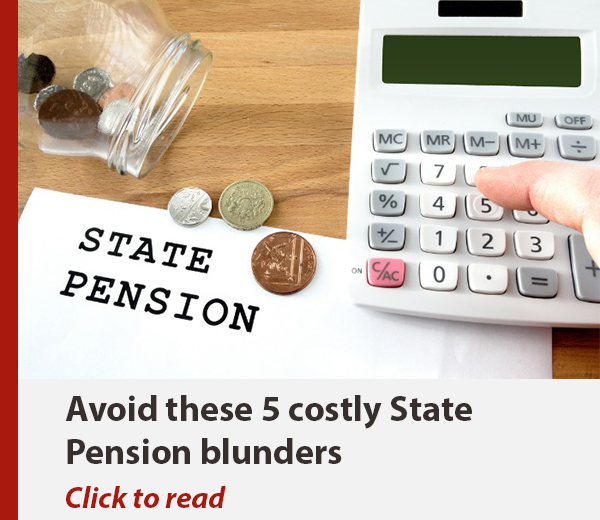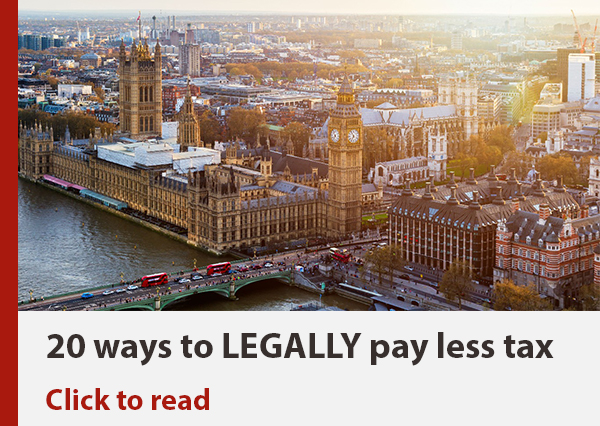You’ll spend most of your life paying the taxman, so why not get something back?
Although many tax breaks are automatic, for some you still have to take action to get reduced tax, to get help paying for a service or even money paid in your account.
Most of the tax breaks can be applied for online and are pretty straightforward, so you won’t need professional help.
Making the most of these perks could earn you or save you thousands of pounds.
Read about automatic perks and how to make the most out of them in our complete tax guide
Marriage Allowance
You could save up to £252 a year using the Marriage Allowance.
You’re able to transfer £1,260 of your Personal Allowance to your partner so they pay less tax – work out how much you could save here.
Under the standard Personal Allowance, you can earn up to £12,570 without paying tax.
The Marriage Allowance only works if you’re earning under £12,570, which is ideal if one partner is taking time off work to raise children, for instance.
You can even backdate your claim by four years.
Despite the name, it’s available to those in marriages and civil partnerships where the higher-earning partner is a basic rate taxpayer.
The partner with the lower earnings should apply online. The allowance renews automatically each year, so you’ll need to cancel it if your situation changes.
Tax relief on pensions
Most pension schemes now give you 20% tax relief automatically, called ‘relief at source’. So, if you pay in £100, an extra £25 will go into your pension pot.
However, if you’re a Higher Rate taxpayer – or you don’t get automatic tax relief – you can claim tax relief and get the money now.
You can either request it by writing a letter to HMRC or by using your online Self Assessment tax return.
Help to Save
Would you like a top-up worth £1,200 from the Government?
That’s how much you could get in bonuses on your savings with the Help to Save scheme.
Essentially, it’s a savings account where you get a 50% bonus savings you’re able to put away over four years.
You can save a maximum of £50 each calendar month, which works out to £600 a year. The 50% bonus would mean the Government tops up those savings by £300 each year.
Bonuses are paid out at the end of year two and year four.
You don't have to save every month, but if you did put away the maximum each time you'd end up with a healthy £1,200 savings bonus by the end of the scheme.
The Help to Save account is only available to those receiving Working Tax Credit or Child Tax Credit payments, or claiming Universal Credit. If that’s not you, see below.
According to the Government, only around 360,000 Help to Save accounts have been opened since the launch of the scheme in 2018, meaning millions of eligible savers are missing out.
Read more about the Help to Save scheme here, or apply for an account here.
Lifetime ISA
The Lifetime ISA is one of the biggest Government giveaways on offer: up to £1,000 free each year, up to a grand total of £33,000.
It’s a savings account – which can also be used for stocks and shares – where the Government pays a 25% bonus on what you manage to save each year.
That’s in addition to any interest or profits you get through the account itself.
You can save up to £4,000 a year from the ages of 18 to 50.
There’s a catch: the money has to be used to buy your first home although you can also withdraw your funds once you turn 60 or if you're terminally ill.
Use it for any other purpose and you get hit with a 25% penalty that’ll wipe out your bonus and potentially leave you with less than you started with.
Tax-free childcare
This scheme allows you to get up to £500 every three months to make childcare cheaper.
Basically, the Government pays £2 for every £8 you pay to your childcare provider.
You have to set up an online account, which you use to pay your childcare provider.
You can find registered providers here.
Your child will need to be under 11 – or 17 if they’re disabled – and both parents will need to be working at least 16 hours a week.
Receiving tax-free childcare means you stop receiving Working Tax Credit, Child Tax Credit, Universal Credit or childcare vouchers.
You can use this calculator to figure out which scheme will leave you better off.
But it’s possible to get both tax-free childcare and 30 hours free childcare a week: find out how and apply here.
Grandparents childcare credit
Looking after your grandchildren can pay – potentially earning you hundreds of pounds per year.
If you’re looking after a child under 12, you can apply to get National Insurance credits.
These can count towards getting your State Pension, which is currently £203.85 a week.
Given that you need 35 years’ worth of credits for the full State Pension, and every year missed can reduce what you’ll get by hundreds a year, counting time spent child-minding makes enormous financial sense.
It also applies if you’re a family member other than the parents who care for a child under 12.
You can apply for Specified Adult Childcare Credits here.
Tax relief for working from home
Many of us now spend at least part of the week working from home, and doing so may mean you’re eligible for tax relief.
To qualify, you need to be required to work from home, for example, because your employer doesn’t have an office, rather than you simply choosing to work from home.
You can claim cash towards the money you spend on work-related tasks, like business phone calls and energy bills for your work area.
You can charge an exact amount towards the costs you’ve incurred, but you’ll need to provide evidence like receipts, bills and contracts.
Alternatively, you can claim tax relief on a flat rate of £6 a week, without needing to provide evidence.
The level of tax relief you then receive is based on your rate of Income Tax.
Tax relief for work expenses
You can get money back through tax relief at a rate equivalent to your tax bracket. So, if you spent £60 and pay tax at a rate of 20% in that year, the tax relief you can claim is £12.
You don’t have to be self-employed to claim tax relief for uniforms, tools, work travel, professional fees and subscriptions.
But you do need to have paid for them out of your own pocket and not received expenses.
Also, be warned the Government takes a fairly dim view of what constitutes a uniform (a suit doesn’t count) and work travel (not your commute).
The Government has a tool to work out what you can claim here.
Gift Aid
This one might earn you money as well as good karma.
Gift Aid allows charities to get an extra 25p from the Government for every £1 you donate.
Higher Rate taxpayers could also claim a tax refund – which goes to you, not the charity – equivalent to the difference between the rate you pay and the basic rate.
If you donated £100, the charity can claim Gift Aid to make your donation £125. As a higher rate taxpayer you pay 40% tax, so you can personally claim back £25 (£125 x 20%).
You claim Gift Aid through a simple form the charity should provide. For the refund, you’ll need to use a self-assessment tax return or ask HMRC for a P810 form.
Read our full guide to tax and how to avoid overpaying here


